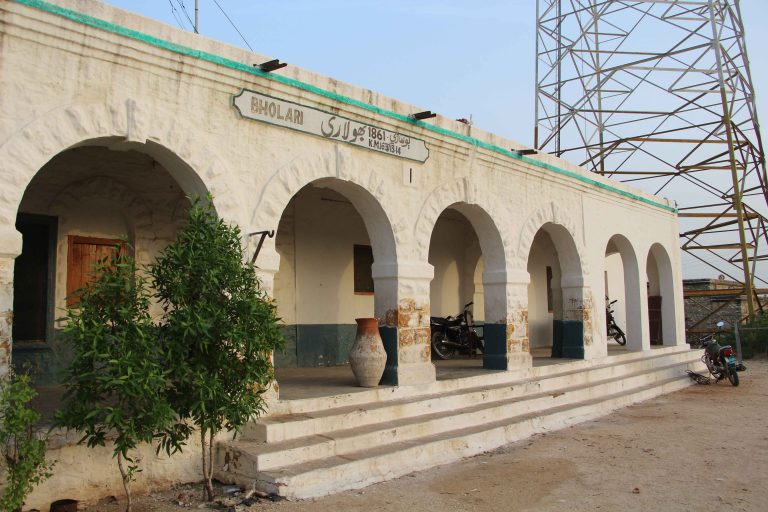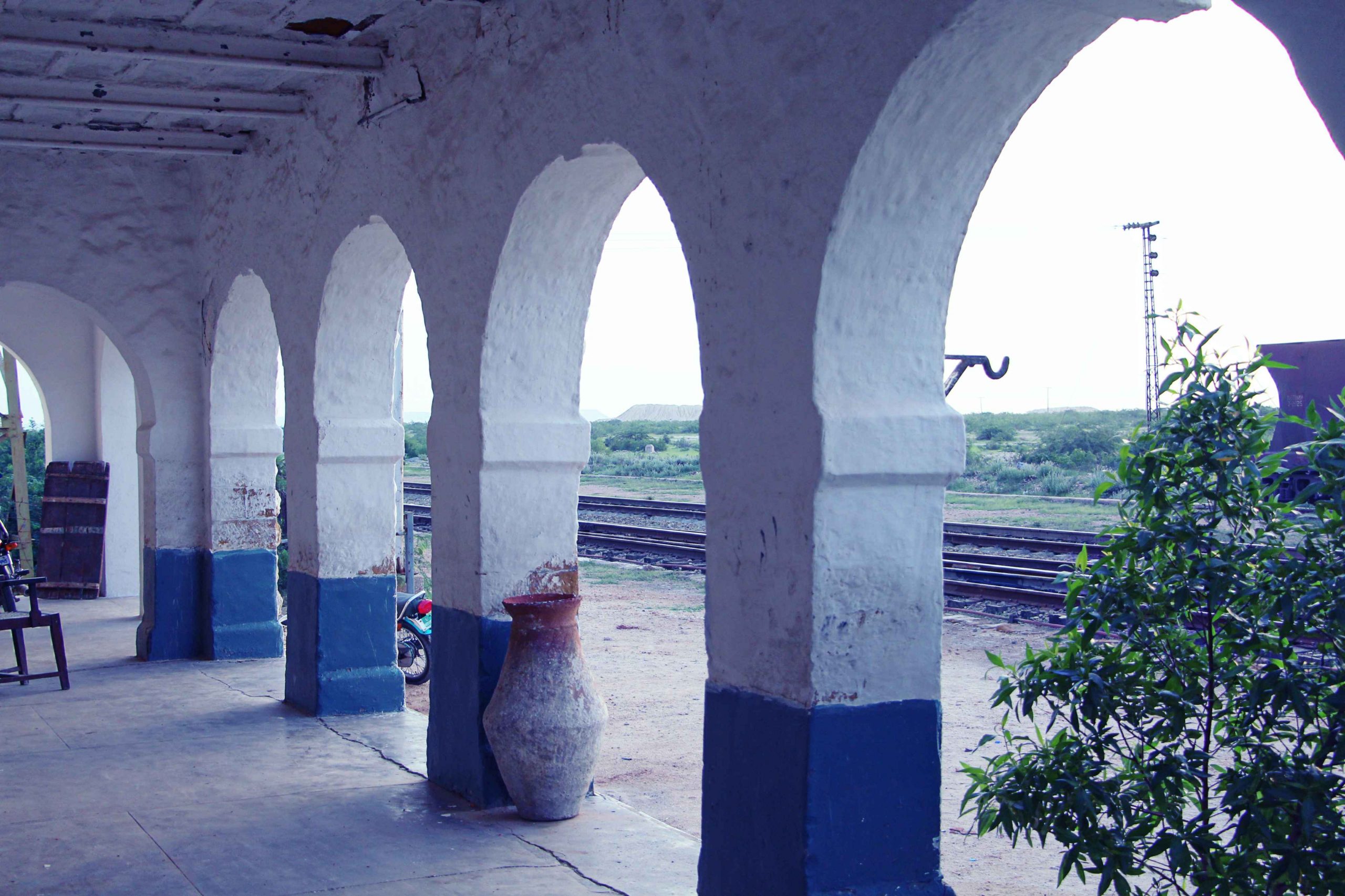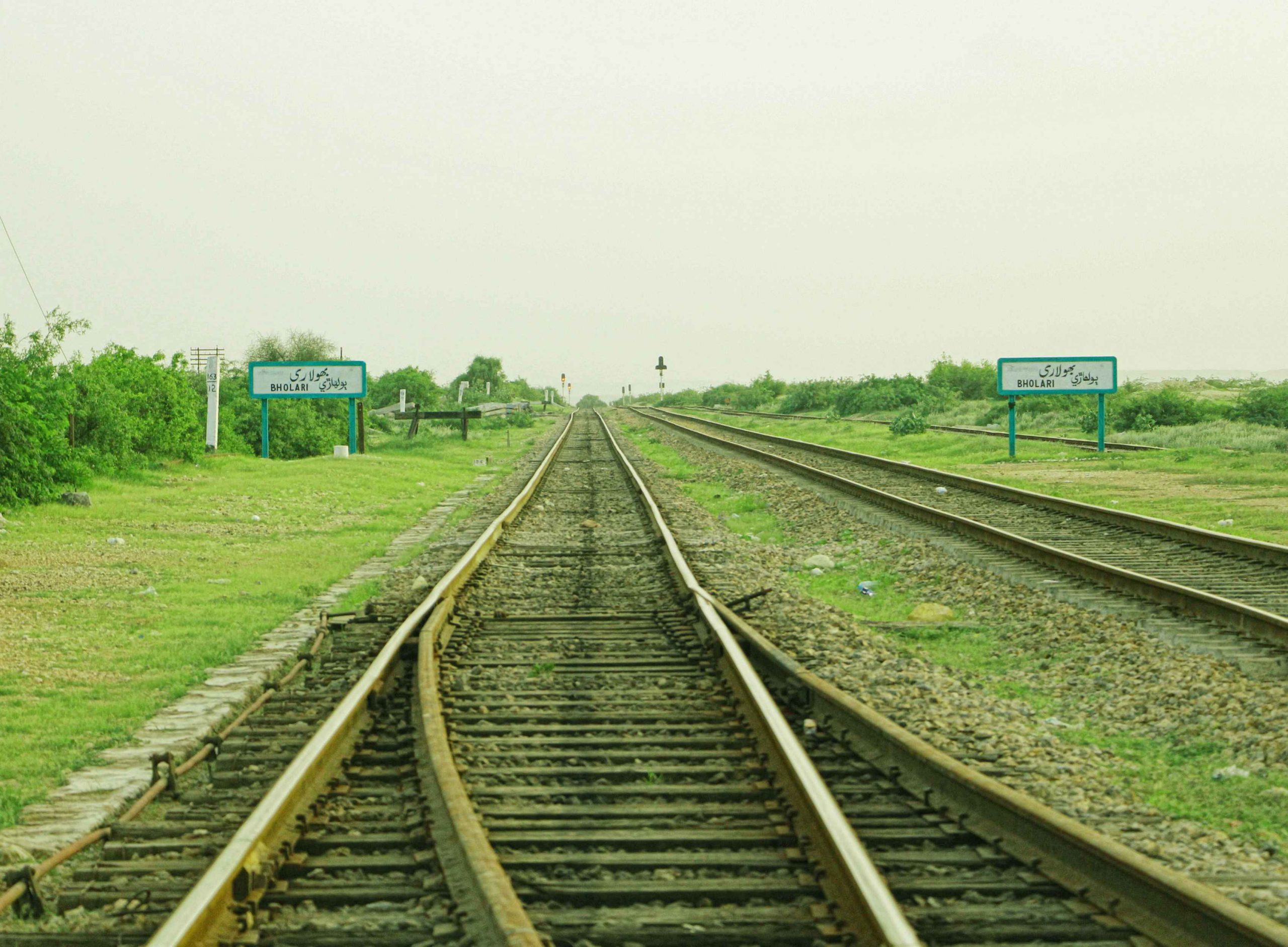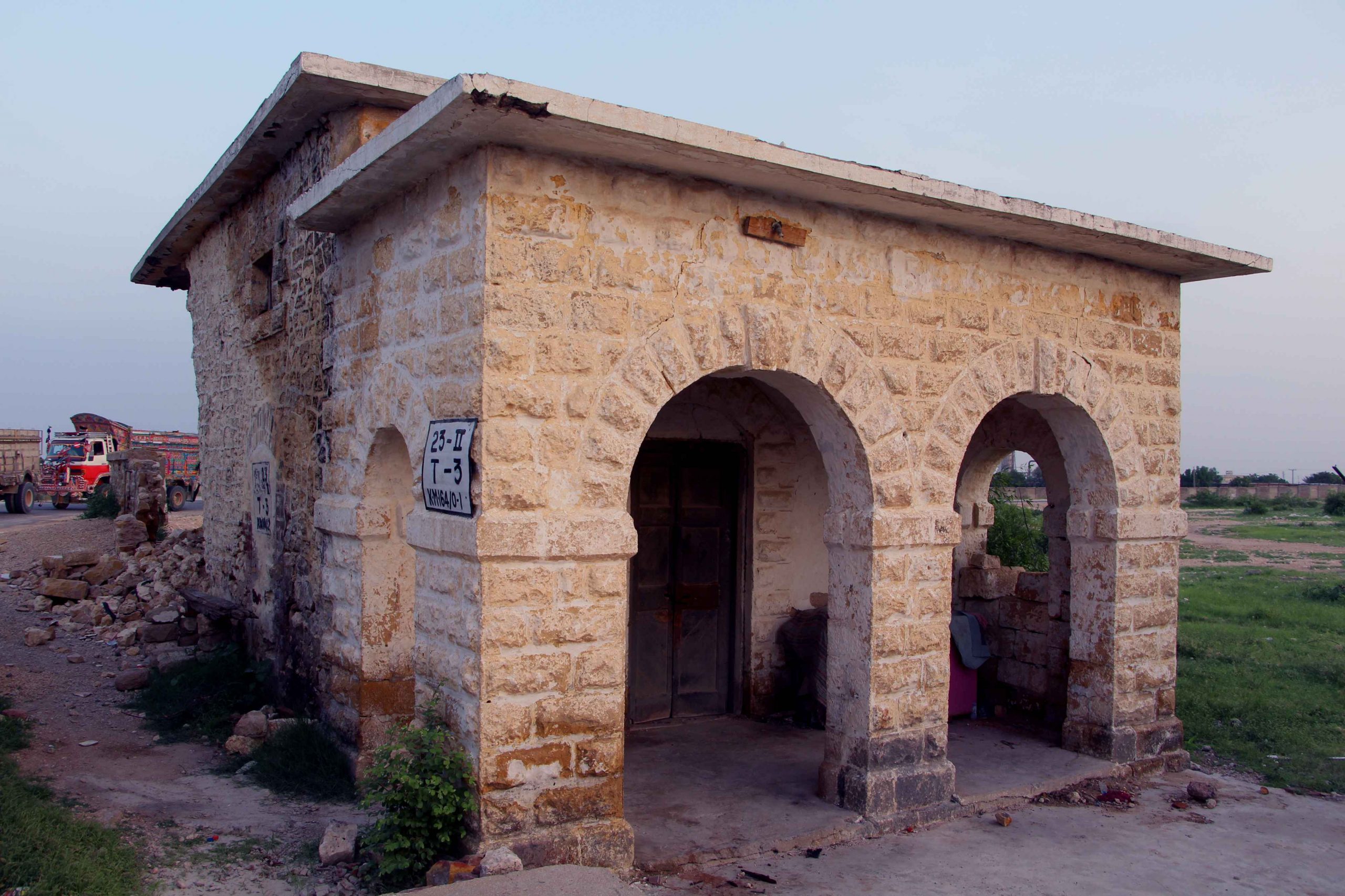
Let me suggest the concerned departments to declare Bolahari Station as a heritage site, and preserve it accordingly, because of its compact size, location and physical environment.
Zaffar Junejo
‘A Last Station’ – you have correctly read it. True, it is the caption of this article. A relaxed reader may read it ‘The Last Station.’ It is also fine. But it is not heading of this article. It is the title of Jay Parini’s novel. Later, in 2009 Michael Hoffman turned it into a biographical film about Tolstoy. The film was also screened with the same title.
Allow me to unpack mystery; I am talking about ‘Bolahari Railway Station.’ I call it last station, because I remember it in that way. The name reminded my father Wali Muhammad Junejo, who was a primary teacher. He was the one who taught me how to hold a pen and write orderly, Thank you, Thank you, Papa. Later, in class 5th, he took our extra classes to prepare us for Standard Examination (for class 5). Along other tasks, we were instructed to memorize names of lakes, shrines, canals, and railway stations. A particular question was: ‘Tell names of Dadu District’s Railway Stations.’ In the response, we used to tell names – Radhan was the first, and ‘Bolahari Railway Station’ was the last one.

Yesterday, while I was returning from Thatta, I stopped at Bolahari Station. I knocked at the door of Station Master’s Room. I found that he was engrossed to watch flip-flopping tiny Light Emitting Devises (LEDs) of Digital Panel. H was so engaged that even he couldn’t notice my presence. Again, gently I knocked on table’s edge, with a purpose that he should see I have intruded. After one or two knocks, he saw me, and welcomed. He was from Sita Station. Quickly, we became acquainted, like friends; we talked about our villages – Nandhi Sita, Kara Bhann, Toro, Gabarji, Misri Chandio, and Boriri. I took leave, but before saying goodbye, he asked me that I shouldn’t mention his name, if I wanted to write an article. I promised. It is done.
I came out from his room, and found the outside environment electrified. A quick thought came into my mind: ‘Has any Sindhi writer set his/her novel around the sociology of railways and railway stations?’ I tried to recall, attempted hard, but failed. I believe there must be a few, but my memory was dotted, it always tricks and dodges me. As I was thinking about ‘Railways and Novels,’ I recalled Charles Dickens some novels, where he has explored railways’ themes. And at this moment I recalled my conversation with journalist friend Nasir Aijaz, who had told about a Sindhi language novel – Tharushah Junction, authored decades back by a journalist Umer-u-ddin Bedar, hailing from Daleepota village located between Naushehro Feroze and Tharushah towns. A railway line, commonly called as Loop Line, used to connect Tando Adam, Hala, Saeedabad, Sakrand, Moro, Tharushah, Naushehro Feroze and Padidan towns in the past but this railway line and all its stations are abandoned since nineties.

In the lush green vicinity a stone-built-whitewashed, the Bolahari railway station seemed like an image from an Arabian Nights –totally mesmerizing experience. I took out my notebook, and captured my fleeing feelings. I realized that instead to write something of my own, I was writing about Abdul Qadir Junejo, and immediately his favorite book about rail travel ‘The Great Railway Bazaar’ came into my mind.
I felt the ground was trembling and tracks were vibrating. Quickly, I looked towards the signal– it was ‘green.’ I stopped writing. A passenger train came from South and went to North. Again, silence and Kohistan’s dense air triggered some thoughts and I wrote about Rahul Aijaz’s short film – A Train Crosses The Desert. I continued: ‘The film has entertained railway theme. Although, it is a brother’s tale, who looks after his ill brother, and notices his heading towards death.’
In fact, I was recalling another book, which I read in 1997. Its name was…??… I tried, but botched. There was only one clue- it was published by Ajmal Kamal. I contacted Irfan Ahmed Khan, he lined my dotted memory and told that it was John Brunton’s Book. I was remembering it, because it was first book, which I read about the railways in British Sindh. Its first edition was published in 1939, the earlier edition has two parts: autobiography of John Brunton and his travel and work. He served as Chief Resident Engineer on the ‘Scinde Railway. He worked on the project from 1858 to 1862, and his project ran from Karachi to Kotri.

Another book that came into my mind was The Indus and its Provinces- Their Political and Commercial Importance. Its first edition was published by William H. Allen and Company in 1939, London. Its author was William Patrick Andrew, who was director of the East India Railway. He is also known as a founder of ‘Scinde Railway Company.’ In 2017, Madad Ali Sindhi published its second edition under the banner of ‘Research, Compilation, Consolidation & Printing History of Sindh’, Government of Sindh. I remember that book because of its second chapter, entitled, ‘Scinde Railway.’ Along with other points, the author has argued that Sindh railway in the future, will: 1) facilitate British troops, 2) save government funds, 3) support to Indus Flotilla, 4) reduce boats’ annual freight, and 5) prove as a trade route.
Now at this moment, before ending this article, let me suggest the concerned departments to declare Bolahari Station as a heritage site, and preserve it accordingly. I am saying so, because it is among the oldest railway stations in Sindh – Kotri Junction was built in 1855, Bolahari Railway Station was constructed in 1861, Frere Street Station, now called Karachi Cantonment Railway Station, was completed in 1898. Other old stations may be McLeod Station, now known as Karachi City Station, and Hyderabad Railway Station. In all situations and comparisons, I am in favor of Bolahari because of its compact size, location and physical environment. I think, these points would surely attract visitors and tourists, if concerned quarters preserve and restore it into original form, and as a bonus reprints John Brunton’s Book, it is only of 176 pages.
[P.S. I have followed District Jamshoro’s notified spell of Bolahari – Photo credit: Rozina Junejo]
_______________
 Dr. Zaffar Junejo has a Ph.D. in History from the University of Malaya. His areas of interest are post-colonial history, social history and peasants’ history.
Dr. Zaffar Junejo has a Ph.D. in History from the University of Malaya. His areas of interest are post-colonial history, social history and peasants’ history.